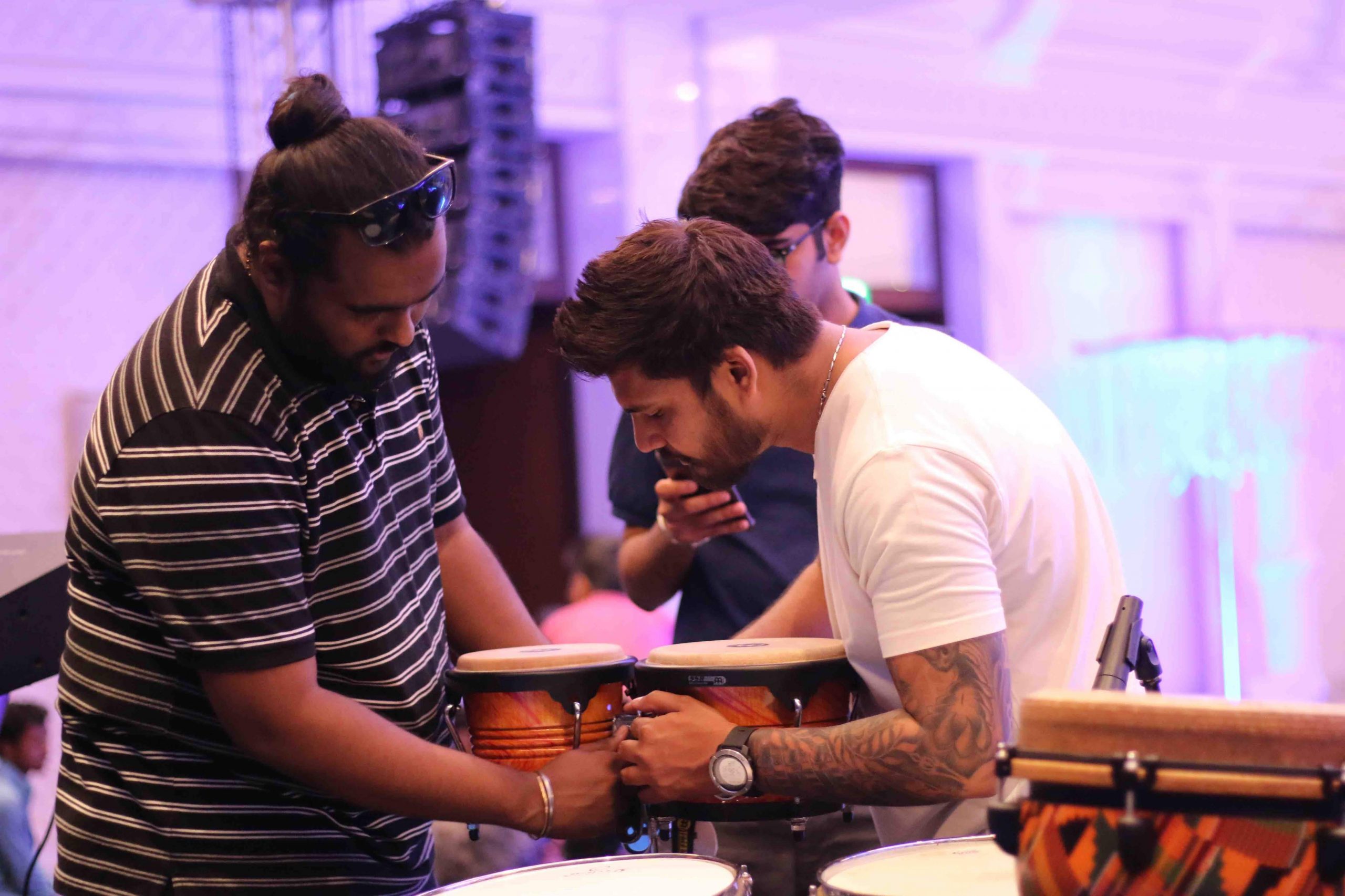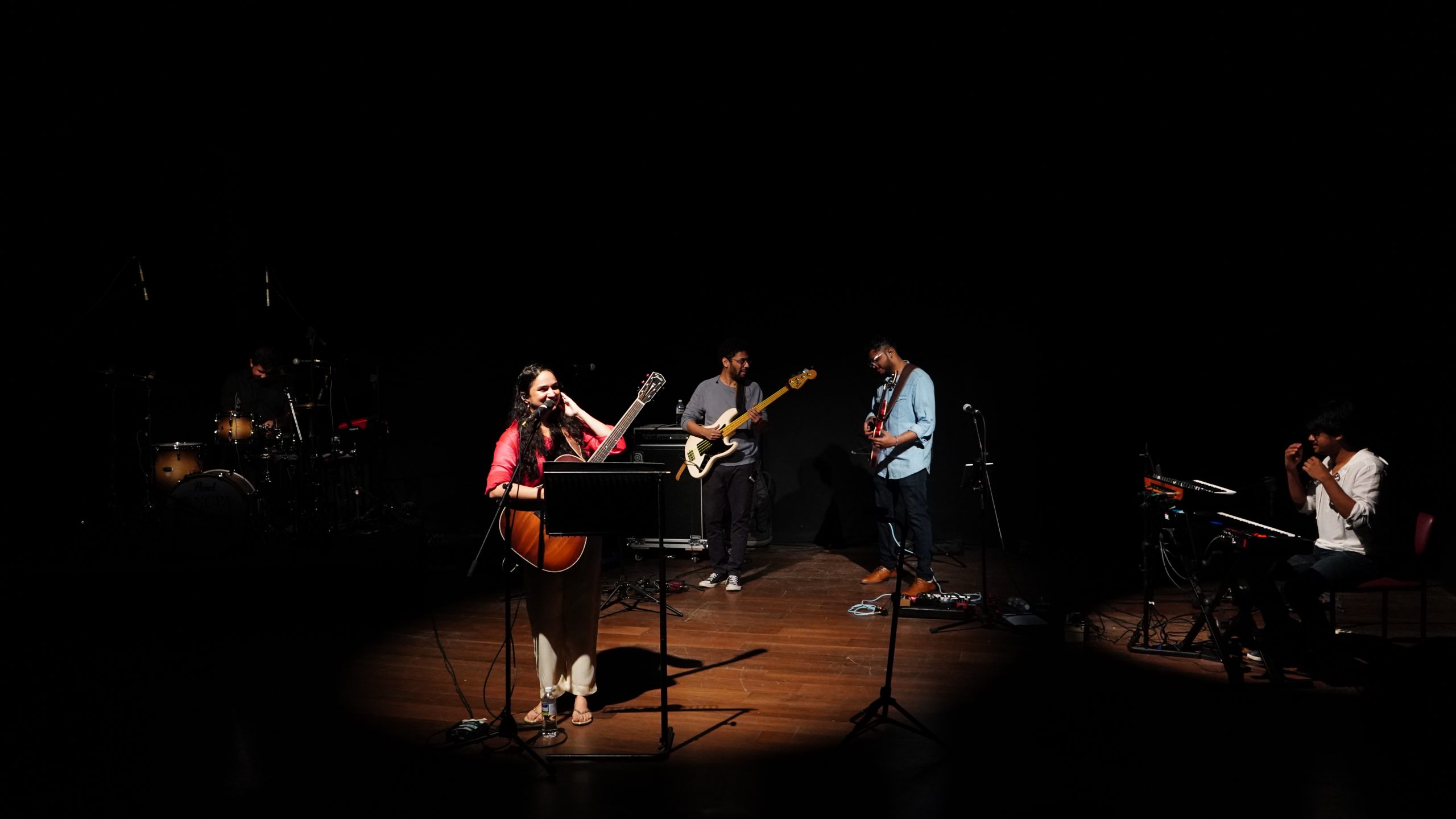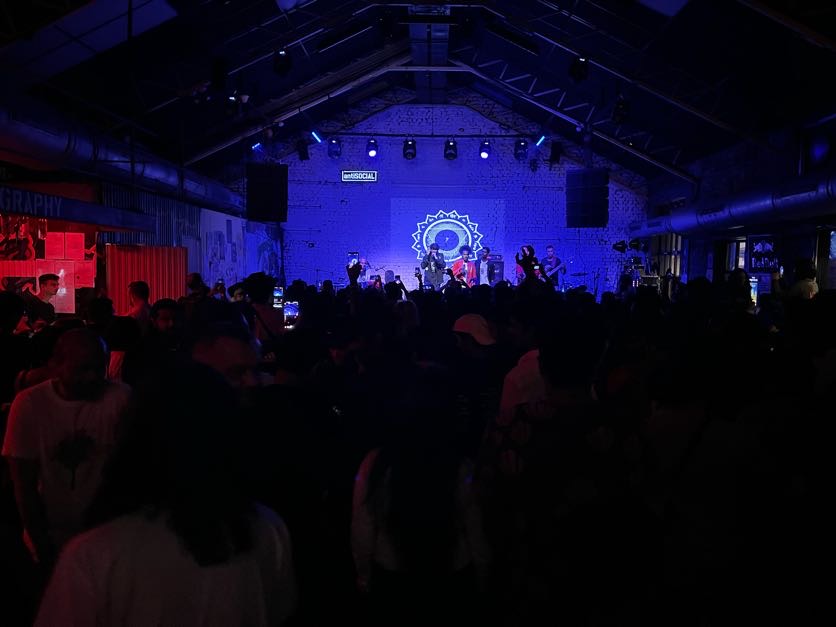The last couple of months have been massive setups and laundry list of inputs. From 40 regional musicians on drums fused with Rappers and Flutes to a solid 9-piece folk funk setup with backing tracks and heavy Violin and Sax solos. Not to mention the meat and potatoes gigs that we call Bollywood Shaadis.
Over the years, I have had the opportunity to mix an array of rooms, arenas and ballrooms, from small singer-songwriter open mics to a screaming audience in large arenas. One of the most asked question I have come across by girlfriends and audio students alike is “How I’d treat a mix in both situations?” …
Here’s number 1 – Do not fight the room.
Working with the room is one of the most crucial aspects of Live Sound that no one will tell You. Surprisingly. Generally, Ballroom, Churches, Indoor Arenas and Auditoriums are hard work when compared to your open-air venues, considering enclosures are trickier to deal with and create a tonne of artifacts as opposed to how forgiving an open air-venue/ground/lawn can be. For now let’s keep aside Systems and Loudness and talk about hygiene, maintenance and choices one needs to make for the Mix.
- Step in before the band and get someone loud to walk around with a Vocal mic on stage. Gain it up and listen to how it reacts to the room. Once you have established how much you need to dial in the HPF you’ll have a lot of signs to help you through your mix.
- Call for the drummer and the percussionist, help them setup, mic up and dial them in. Here’s where you could suffer from what I like to call Editors Syndrome – the incessant need for all of your Mics to get onto the PA.

If You can hear the Snare off stage, leave it off the PA, if You can hear the Cymbals at FOH without dialling in the Overheads, leave them off, alternately close mic the ride and let that into your mix.
- Call for the Guitarists and use the same approach for their Amps. Ideally, ask the guys to turn it down if You can. That way you’ll be able to gain the mics on them up and let it rip. You’ll have to work with the Guitar and Bass players to work an optimum Stage sound vs PA Levels.
Just these small bits will set you up with enough headroom for the Reeds, Keys, String and Vocals. Speaking of Vocals, leave that Vocal mic you walked around with ON and on a stand at the Lead vocal Position. It’ll help you level and EQ the drums, percussions and cabinets. (You’d be surprised how much your mix changes once the Vocal Mic comes in. Leaving it ON helps with making EQ and Level choices.)

Number 2 – The room might have some inherent Reverb and Character. Use it to your advantage. Do not fight it.
- At this point let’s assume you are well into your soundcheck with the other melodic instruments up and running. Some reverb on all the vocals and wind instruments will almost always contribute to your Drums and Percussions too. At this point You need to figure if You wish to add (more?) FX to your Rhythm Section. You probably wouldn’t need to.
I could get lynched for asking you guys to not add that Gated Reverb on the snare but hey, you probably don’t need to I promise you.
- FX as sweet as they make everything sound, they can also take intelligibility away from the source if not EQ’d. I usually High Pass far into the 250Hz and Low Pass all the way down to 4-5KHz. It helps clean up unwanted energies coming out of the system.
Number 3 – Build your mix inversely proportional to the size of your band. You know it – Do not fight this.
- Take stock of the size of your band and the music they’re playing. More often than not, you won’t have to go full spectrum on most instruments. For example, if the percussionist is playing a Djembe or a pair of Congas You don’t have to accentuate the low end on them and fill up your mix with unnecessary low/low-mid energy. The Kick and Bass will do that for You. You’d want to dial in the lows on those percussions in the event when You only have percussions and not a whole kit to service rhythm duties. (Good luck with explaining this to your percussionist.)
- Treat the Keys and Synths the same way too. A gentle HPF on the Keys will go a long way in cleaning up your mix. Again, unless You’re at a Piano recital or a Piano on stage is your feature instrument with a solo or such, roll that low end off to save yourself from the trouble of dealing with a rumbly mix.
- In smaller rooms where you have just an Acoustic Guitar and Vocals, you can drive them loud and low and run some stereo reverbs on the same. This should help image your mix bigger and wider. Heck, you could do this on a big stage too, for smaller setups. It’ll fill up the proverbial big stage sound requirements.
 In conclusion, mix for the room, mix for the music, mix to deliver an optimum sonic experience. You will find people telling you otherwise and having opinions on EQ, Compression and the likes but hey, you’re the one at FOH, you are the one trying to stand up against the loudspeakers and getting them to behave themselves with just an army of Microphones, microphones that are inherently stupid – they only do what they’ve been asked to. So, choose wisely!
In conclusion, mix for the room, mix for the music, mix to deliver an optimum sonic experience. You will find people telling you otherwise and having opinions on EQ, Compression and the likes but hey, you’re the one at FOH, you are the one trying to stand up against the loudspeakers and getting them to behave themselves with just an army of Microphones, microphones that are inherently stupid – they only do what they’ve been asked to. So, choose wisely!
Hope this small piece of information helps you mix tighter and smoother.
PS – I am not here to make you a better Mix Engineer, I am just here to help more of you want to do the daunting task of handling FOH fearlessly.
All Pictures Courtesy – Sigmund Q, NCPA, Sanket Gosh
- Sigmund Q





Leave a Reply